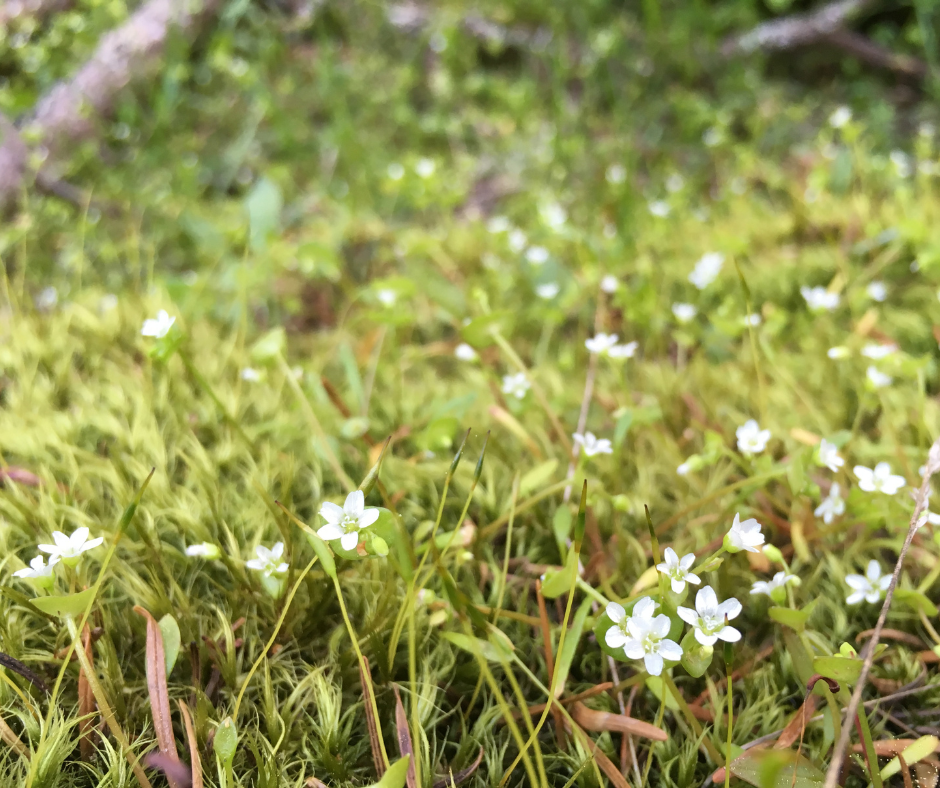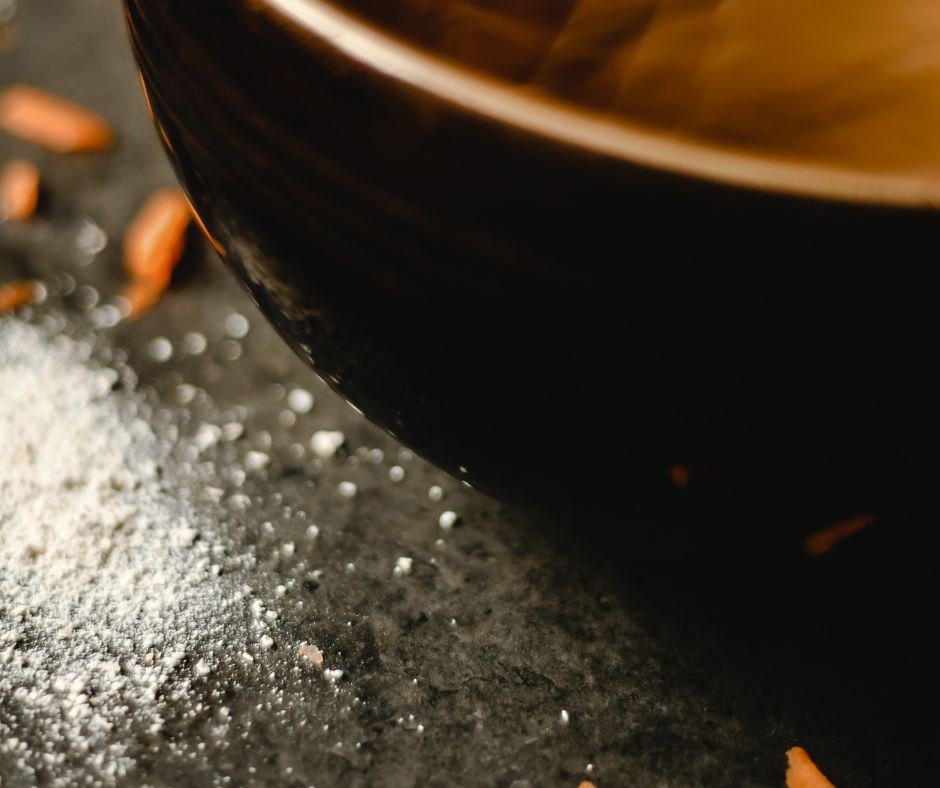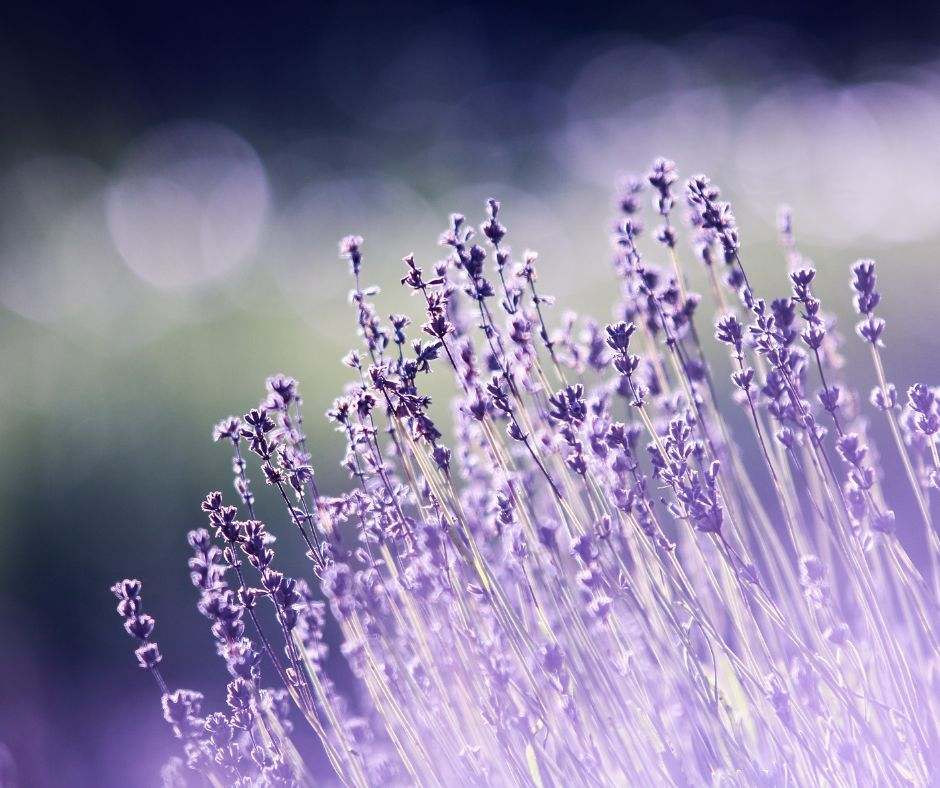Here in the Pacific Northwest of Canada, the snow in the mountains is quickly melting, the rivers are running, and the forest is turning greener than ever. Something vigorous is coming to the surface in the natural world. After the challenge of cold weather and winter storms, the sap in the trees is starting to run again, and the vitality of life is palpable.
During this window, we’re moving from the slowness of the Kidneys and the water element to the growth and stirring of the wood element and Liver/Gallbladder system. This is when we can feel an inner vitality returning after the cold, dark winter months.
However, the transition between these two seasons and energies can be fragile. Late winter/early spring is a time that can still feel heavy, damp, and cold. In Ayurveda, we call this “Kapha.” In Chinese Medicine, we think of this quality as stagnation and “dampness.” Over the winter, water and earth accumulate in the body. If we’re not careful, early spring can be a time when we experience sluggishness, lethargy, mucousy chest colds, and even spring allergies due to this excess kapha or damp accumulation.
To counteract this excess, we must carefully change our lifestyle and diet to avoid the downsides of this heavier time of year. As spring emerges, we’re not immediately ready for the increased movement and extroversion. We must first break down and burn up the denser qualities built over winter. When we do this, we can access spring’s clarity and vitality.
Below are a few suggestions and recipes to reduce heavy accumulation for healthy spring preparation!
Increase Spring Foods Slowly
During the transition to spring, the body requires fewer rich winter foods and more simple, light foods. This focus helps support digestive fire, metabolize excess accumulated dampness, and increase detoxification.
Ayurveda emphasizes bitter, pungent, and astringent flavours in early spring. Chinese medicine focuses on rising and expansive foods, such as slightly sweet sprouts and pungent foods. The sour taste is also emphasized in Chinese Medicine, which correlates with the Ayurvedic emphasis on astringent foods. Not all sour foods in TCM are astringent, though. Sours foods that are heavier and sweeter like bananas are best avoided in the spring.
In both systems, priority is given to foods that target the Liver and Gallbladder and foods that support the body’s natural cleansing and digestive mechanisms. Use the following remedies for greater balance in early spring:
LEMON GINGER TEA
This warm drink will help wake up your liver and warm up your digestion on cold early spring mornings.
- Combine boiling water with the juice of 1/2 a lemon and a finger-sized piece of ginger (peeled and sliced). Steep for 10 min, strain, and drink.
CLEANSING DANDELION AND APPLE SMOOTHIE
Dandelion increases bile production and excretion, helping support the liver and detoxification.
- Blend (or juice) a chopped apple and a bunch of dandelion, and enjoy! For more flavour, add a little lemon or ginger.
Get details on using dandelion for spring here
SWAP OUT YOUR MORNING OATMEAL FOR MILLETT
Both oats and millet build Qi and are nutritive, but according to Ayurveda, millet is more drying and can help dispel dampness; therefore, it’s more suited than oats for early spring.
CAREFUL with FRESH GREENS AND SPROUTING
Spring is the time when new greens start popping up everywhere. Sprouts are the quintessential spring food! But be careful—sprouts can be harder to digest, so it’s best to increase their use slowly in early spring. Continue to use lots of cooked vegetables, too, especially if you have sensitive digestion or feel cold.
Find some info and recipes for sprouting here.
Get Moving
Spring energy builds slowly and can fluctuate. It requires both forward momentum and rooting down, so most people will benefit this time of year by increasing movement and vigorous exercise bit by bit. Start by spending more time outdoors and slowly add aerobic activities like running and vigorous yoga to your day.
You could also use the following videos that discuss the Liver and Gallbladder meridians:
Support the Hun and Regulate Sleep
The Hun (the ethereal soul) is the spirit of the wood element and the Liver and Gallbladder. It is thought to leave the body during dreaming and is responsible for vision and direction. The Hun is a metaphor for our ability to see things from many perspectives and apply these visions in a way that will satisfy our hearts.
According to Traditional Chinese Medicine, the time of the Hun is from 11 p.m. to 3 a.m. You might discover this if you experience a “second wind” late at night when your creative juices start flowing. Remember, though, that your body needs the liver and gallbladder to do the important work of detoxifying while you sleep. Especially in the spring, try to get to sleep before 11 p.m. when the Hun and Liver/Gallbladder energy is activated.
Gallbladder 20 Feng Chi (Wind Pool)
The long winding Gallbladder channel leaves the head and enters the body at this point. This point activates the whole channel, benefits vision, and can be used for spring sinus congestion. Use this point to clear stagnant wood energy, especially mind tension, which is trapped and not integrated into the body.
This point also eliminates “internal/external wind”. Wind moves erratically and can manifest as an unsettled nervous system, dizziness, or a lack of clarity, especially when facing many decisions about the future. Along with Liver Qi, wind can also blow upwards, leading to outbursts of anger.
LOCATION: At the base of the skull (below the occiput), in the small hollows on either side of the spine (between the sternomastoid and trapezius).
One way to access this point is to lie on your back with a yoga block at the base of your skull. Roll your head side to side, putting pressure on the tender spots along the occiput.
Learn More
Learn even more about the energetics of spring with my video “Seasonal Practices for Spring” or with my mini-course Seasonal Self Care and Support for Spring.








